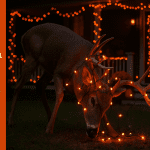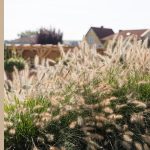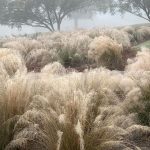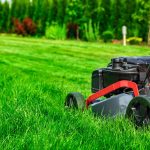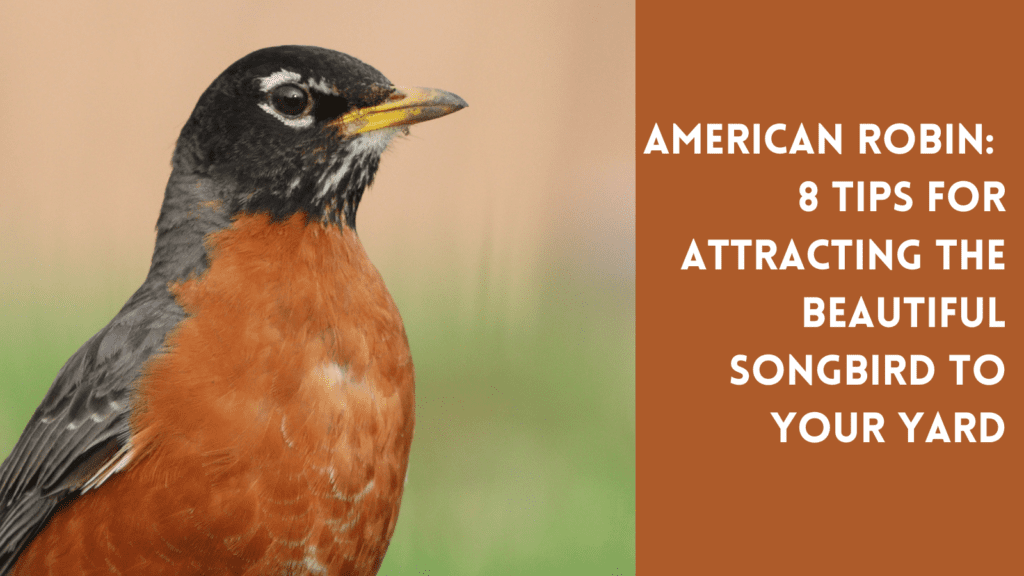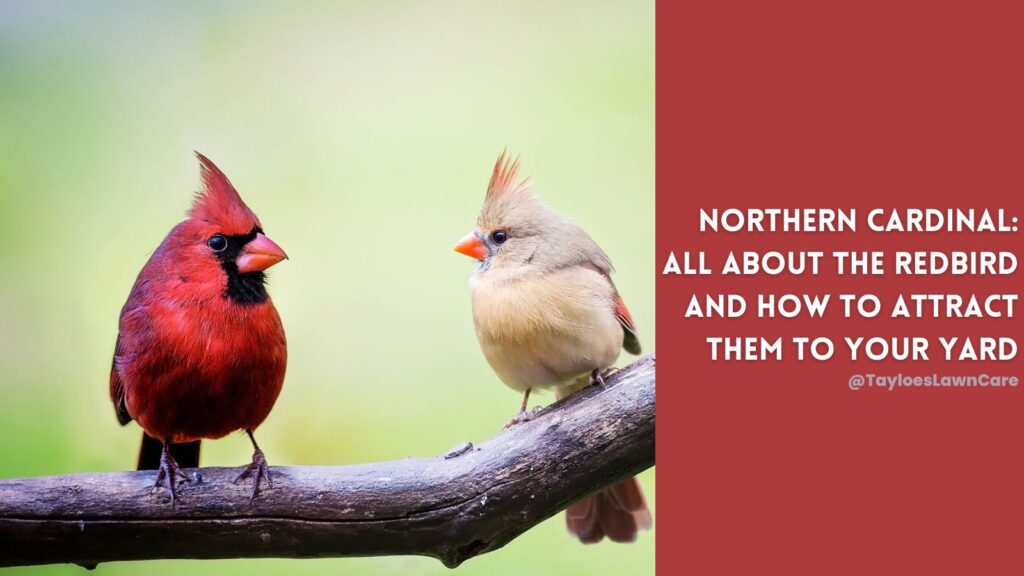Last Updated on: 29th July 2024, 06:49 pm
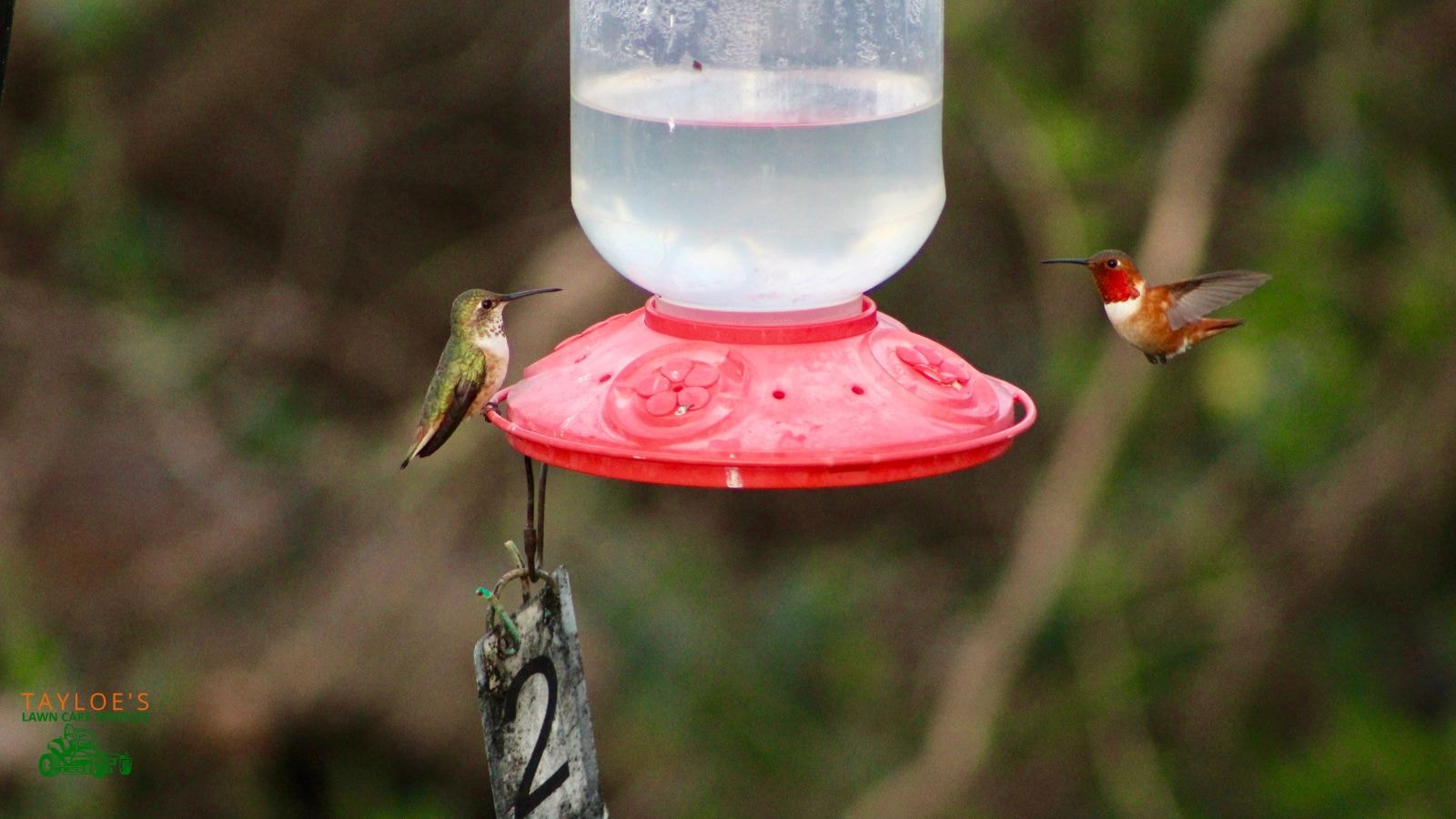
Why make homemade hummingbird food?
Hummingbirds are fascinating and beautiful creatures that can bring life and excitement to your yard. One of the best ways to attract them is by providing homemade hummingbird food. Keep reading to find a detailed guide on how to make your own hummingbird nectar recipe and tips on creating a hummingbird-friendly environment.
Why Make Your Own Hummingbird Food?
Here are some excellent reasons why you should skip the pre-mixed, red-dyed with food color, expensive hummingbird food at the store and fix it at home
Cost Savings: Making your own hummingbird food can save you up to 98% compared to buying pre-made nectar from the store. This is a great way to enjoy more hummingbirds without spending a lot of money on a syrup that’s really nothing more than sugar and water.
Health Benefits: Store-bought hummingbird food often contains preservatives and red dye that can be harmful to hummingbirds. By making your own, you ensure that the food is fresh and free from harmful chemicals.
No Additives: Homemade nectar allows you to avoid red dye and other additives that are unnecessary and potentially harmful to hummingbirds.
Simplicity: You only need two ingredients to make hummingbird food: sugar and water. Making nectar at home is quick, easy, and convenient.
Homemade Hummingbird Food Recipe and Ingredient List
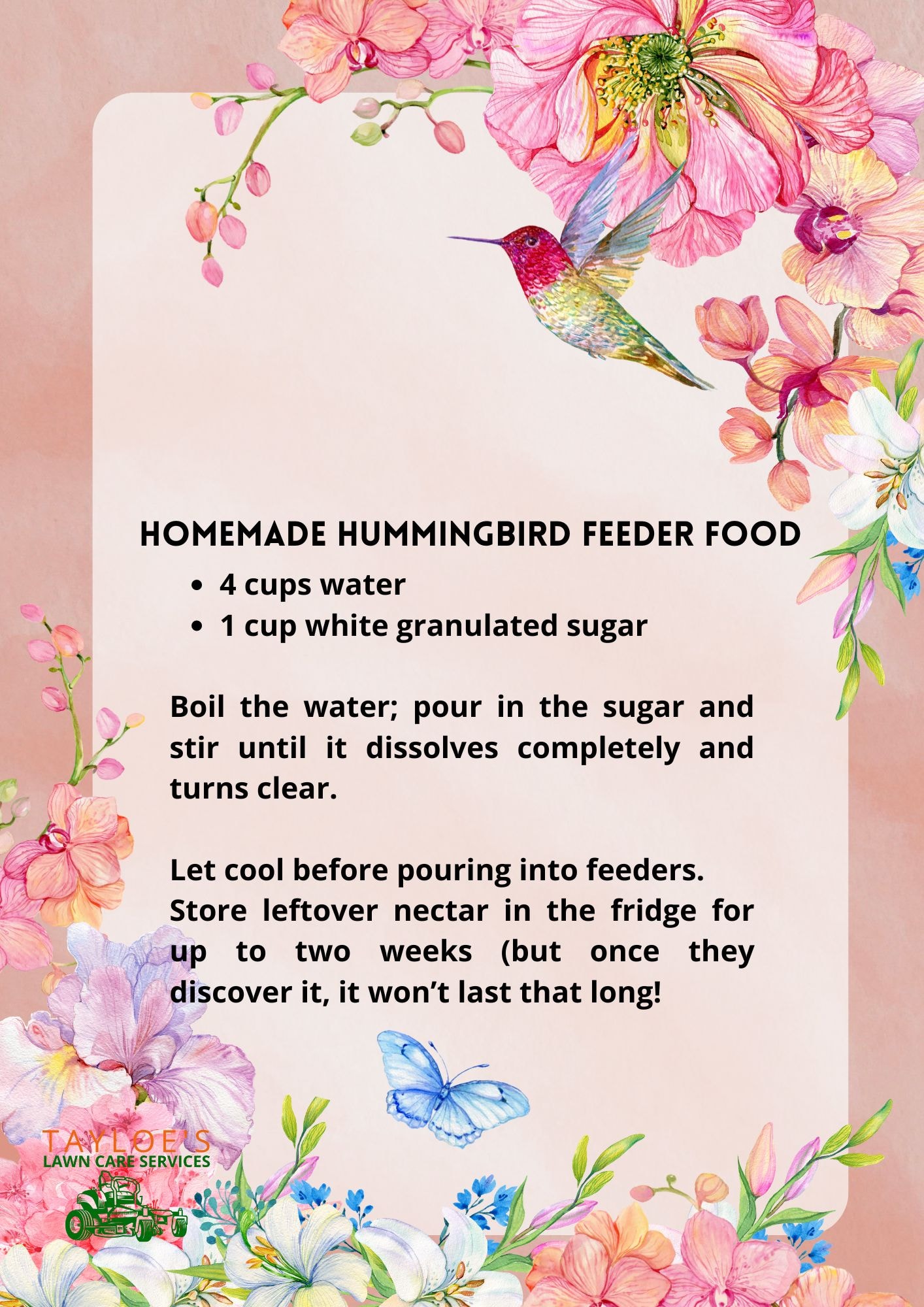
The overall success you your hummingbird feeder depends on a high-quality sugar water to feed hummingbirds and keep them coming back for more. This homemade hummingbird food recipe is courtesy of NC State University’s Lee County Ag Extension Office.
Ingredients Needed for This Hummingbird Food Recipe
You only need two ingredients to make this homemade hummingbird food recipe for your little birds:
1 cup of pure white cane sugar (refined white sugar)
4 cups of water (tap water or filtered water, whichever you prefer)
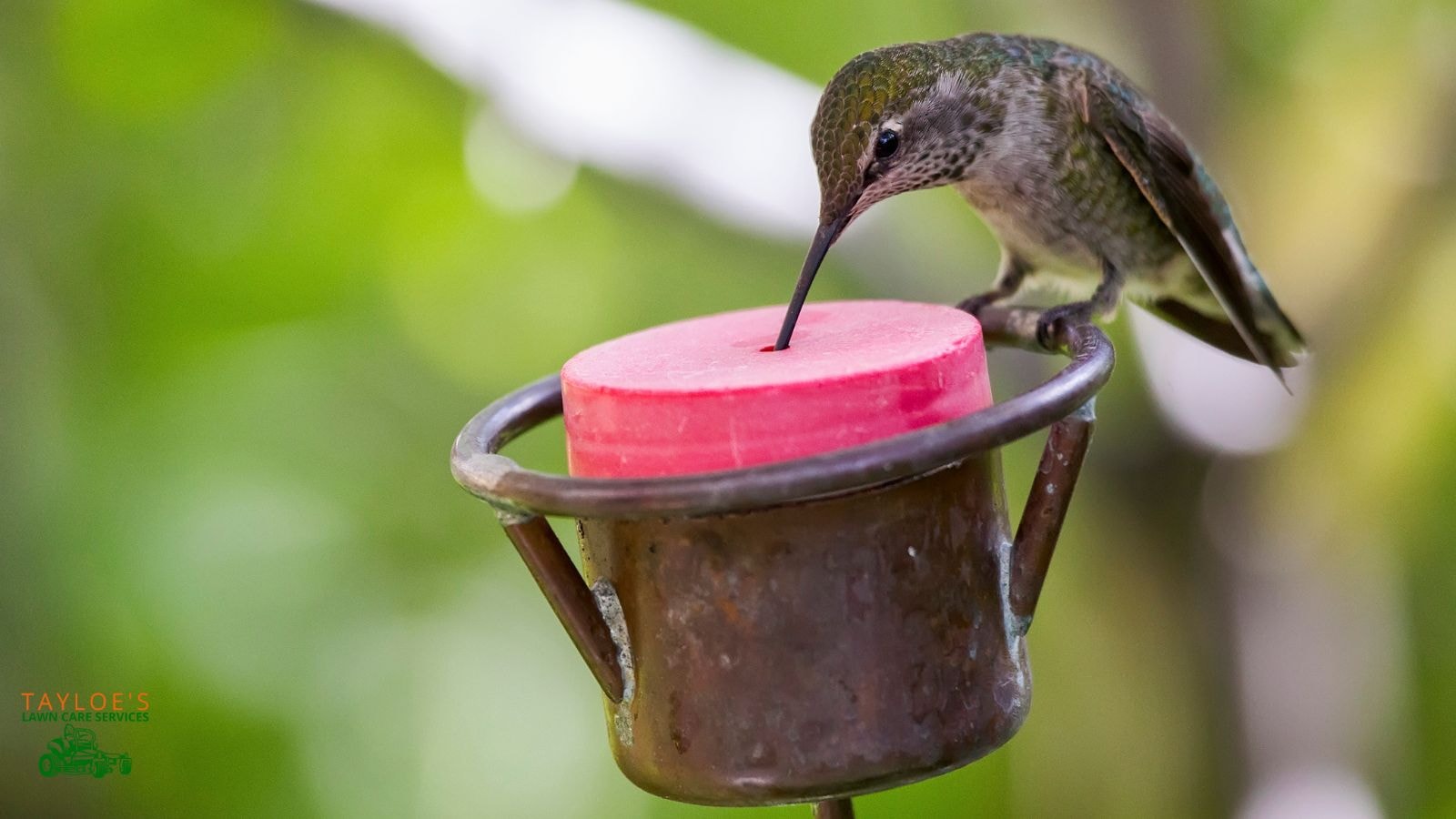
Read These TIps Before You Make a Batch of Sugar Water for Your Hummingbird Feeders
Use only pure white cane sugar or regular table sugar. Organic sugar is fine, as long as it is white cane sugar.
Avoid using brown sugar, honey, agave syrup, powdered sugar, artificial sweeteners, corn syrup; use ONLY white sugar. Other types of sugar can ferment faster and harm hummingbirds. For example, the Lee County Ag Extension hummingbird food recipe mentions how honey can cause sores inside the bird’s tiny mouth.
Do not add red food coloring or any other dyes. Hummingbirds are attracted to the color of the feeder, not the nectar. You would be wiser to invest in a red feeder – or add strips of bright red washi tape to the feeder – than adding food coloring.
Hummingbird Food Recipe: How to Make Hummingbird Nectar
Boil Water: Start by boiling the water to kill any bacteria or impurities. Boiling water also helps the sugar dissolve more easily.
Add White Granulated Sugar: Once the 4 cups of water is boiling, remove the hot water from the heat and add the sugar. Stir until the sugar dissolves and the sugar water turns clear.
Cool the Mixture: Allow the mixture to cool to room temperature before filling your feeder. Hot nectar can damage the feeder and harm the birds.
Store Leftovers: If you make more nectar than you need, store the excess in the refrigerator for up to two weeks. Always use clean containers to prevent contamination.
What All Bird Lovers Should Know About About Hummingbird Feeders
Choosing a Hummingbird Feeder:
Pick a feeder that is easy to clean and has a built-in ant moat to keep pests away.
Avoid feeders with small parts that can be difficult to clean thoroughly.
Placement of Hummingbird Feeders
Hang the feeder in a shady spot to slow down the fermentation of the cane sugar nectar.
Place it where it’s easy to see, such as near a window or in the garden. Hummingbirds are more likely to find it if it’s visible from the sky.
In cooler weather, such as early spring or into the fall, the hummingbird nectar recipe will be a valuable food source for these little guys.
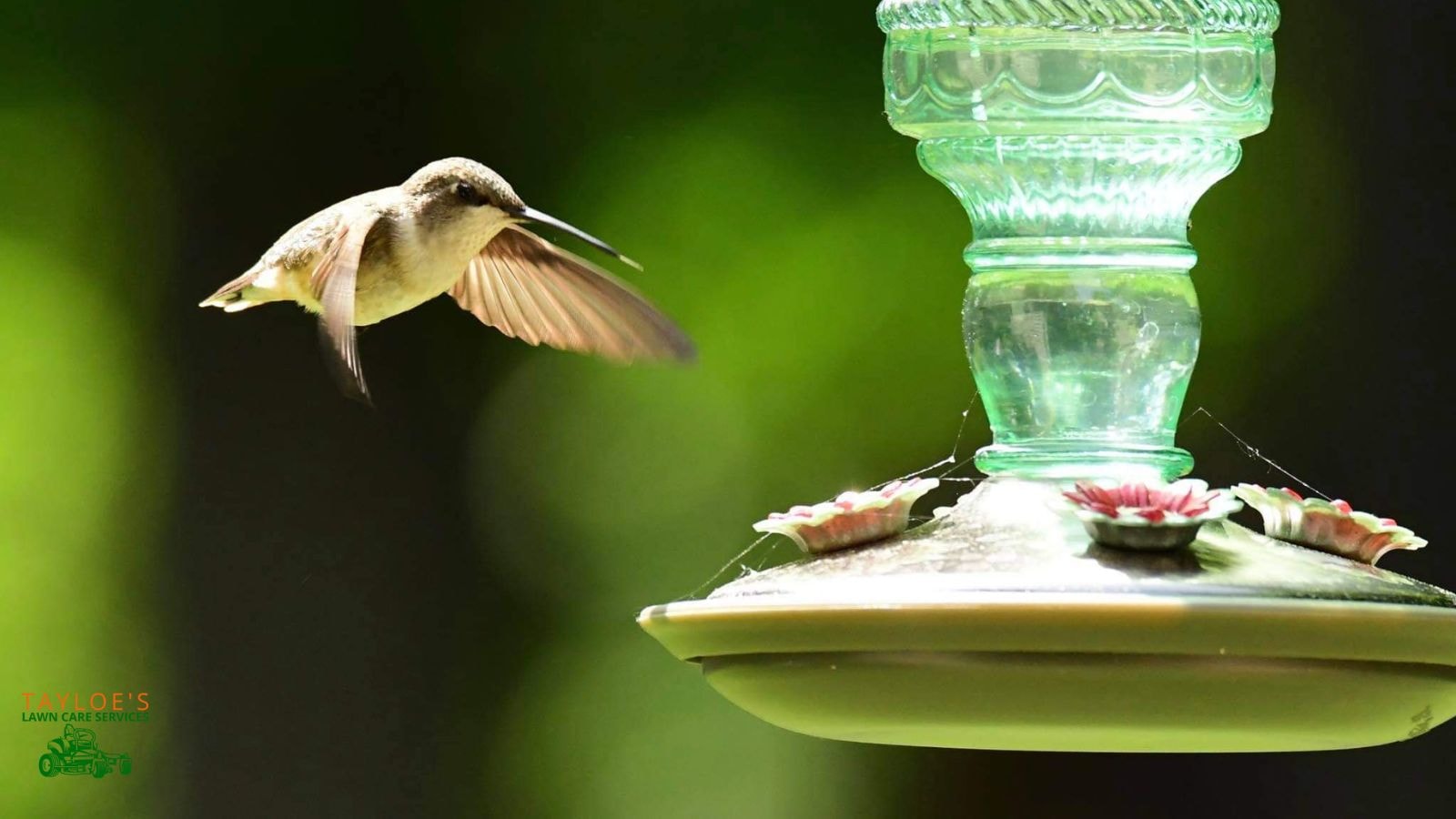
Avoid Red Dye in Hummingbird Food:
Yes, I mentioned this earlier, but we often see this mistake made. Red dye is not necessary. The bright color of the feeder itself is enough to attract hummingbirds. That’s why most hummingbird feeders you find at your local garden center have red feeding ports – to make the little birds take notice of your feeding spot.
Creating a Hummingbird-Friendly Habitat
Besides keeping hummingbird food on hand for your little feathered friends, try these tips to attract them to your feeders:
Best Flowers to Attract Hummingbirds
Creating a hummingbird-friendly garden involves planting flowers that provide the nectar these tiny birds crave. Here’s a list of some of the best flowers to plant to attract hummingbirds, along with tips on how to create a beautiful, inviting garden for them.
Trumpet Vine (Campsis radicans)
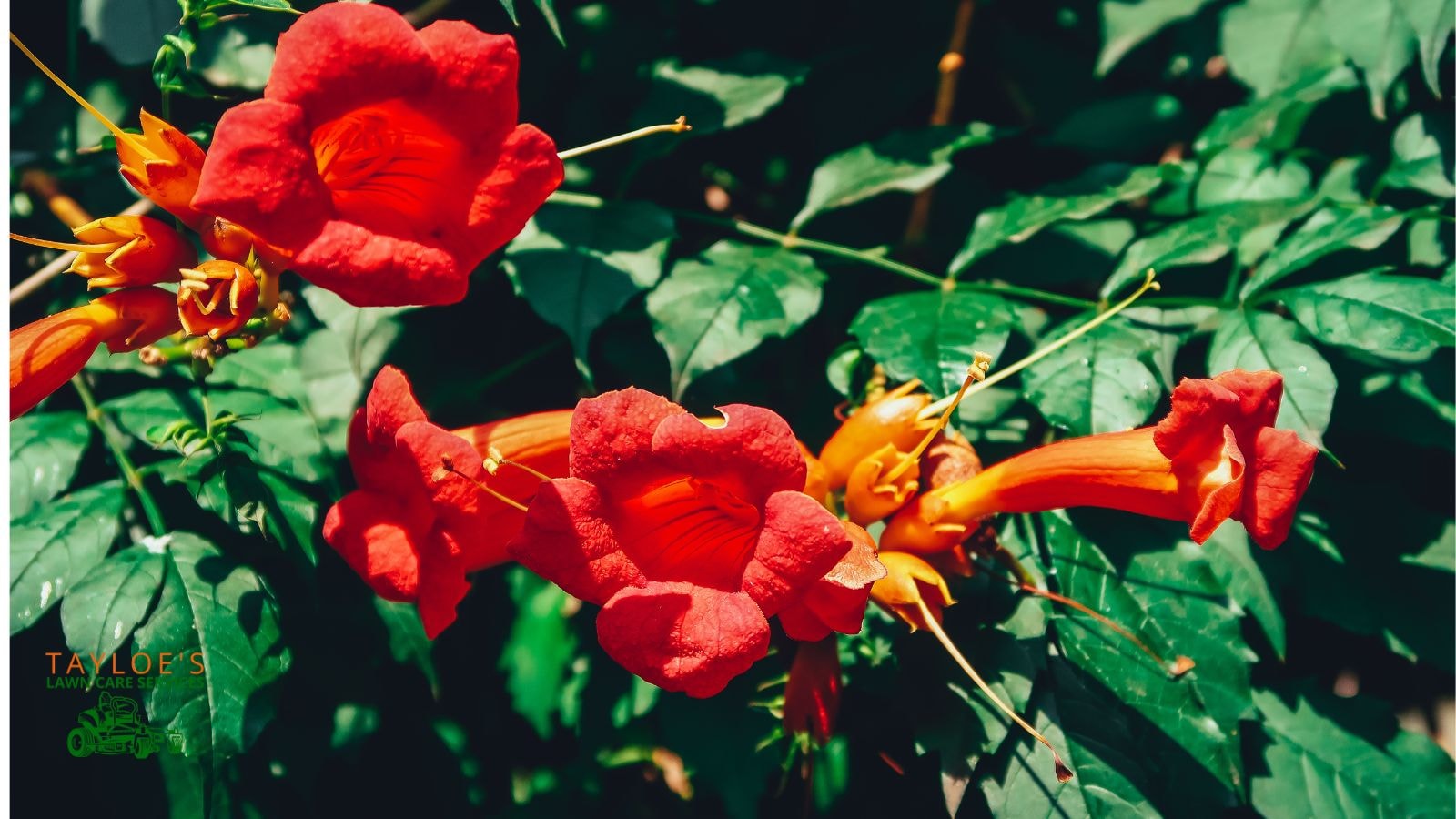
Description:
Appearance: Trumpet vine is a vigorous climber with large, trumpet-shaped flowers that are usually orange or red.
Growth Habit: It is a fast-growing perennial vine that can reach up to 30-40 feet in length.
Bloom Time: Blooms from mid-summer to fall.
Leaves: Deciduous, with pinnate leaves consisting of several leaflets.
Attractiveness to Hummingbirds: Highly attractive due to its large, nectar-rich flowers.
Growing Tips:
Sunlight: Prefers full sun.
Soil: Thrives in well-drained soil but can tolerate a range of soil types.
Maintenance: Can become invasive and requires regular pruning to control its growth.
Coral Honeysuckle aka Trumpet Honeysuckle (Lonicera sempervirens)
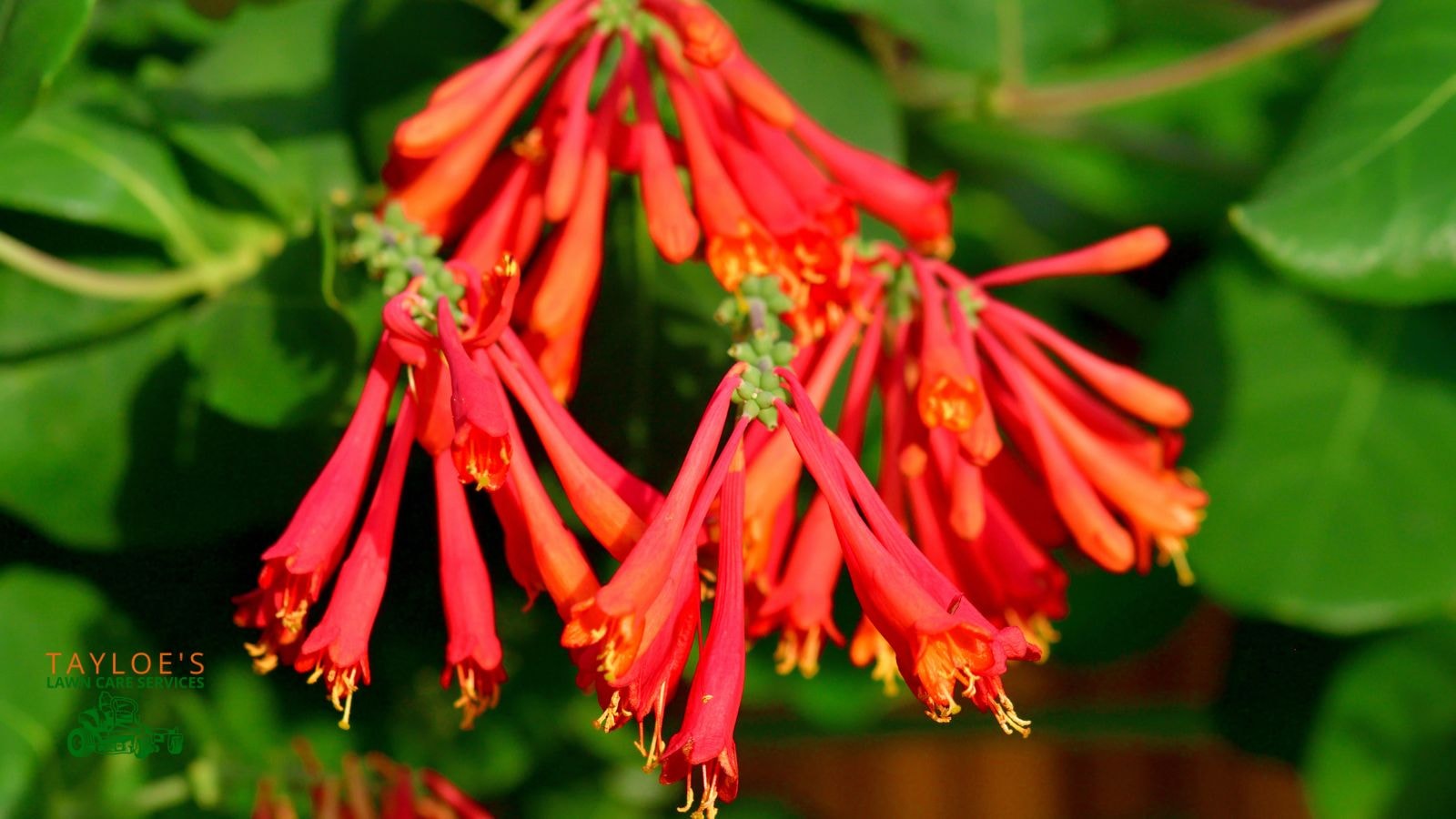
Description:
Appearance: Trumpet honeysuckle has smaller, tubular flowers that are usually red with yellow interiors.
Growth Habit: It is a twining vine that can grow up to 10-15 feet long.
Bloom Time: Blooms from late spring to summer, sometimes with sporadic blooms until fall.
Leaves: Semi-evergreen to evergreen, with oval leaves that may persist in mild climates.
Attractiveness to Hummingbirds: Also highly attractive to hummingbirds due to its tubular flowers.
Growing Tips:
Sunlight: Prefers full sun to partial shade.
Soil: Prefers well-drained, moderately fertile soil.
Maintenance: Less aggressive than trumpet vine and generally easier to manage.
Bee Balm (Monarda)
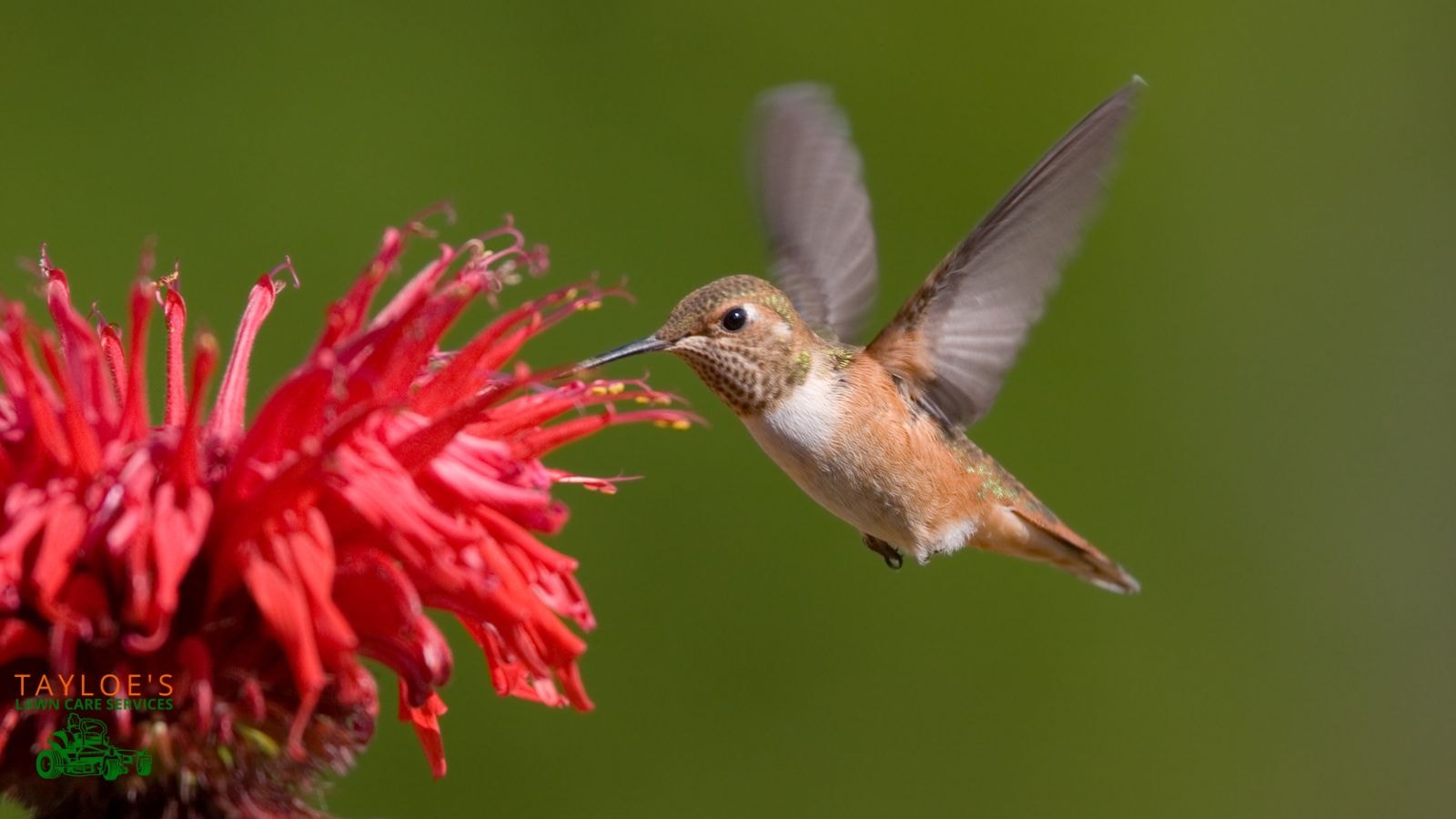
Description:
Appearance: Bee Balm has vibrant, tubular flowers in shades of red, pink, and purple, often forming dense, rounded clusters.
Growth Habit: This perennial grows in clumps and can reach heights of 2-4 feet.
Bloom Time: Blooms from mid-summer to early fall.
Leaves: Aromatic, oval to lance-shaped leaves that are often used in teas.
Growing Tips:
Sunlight: Prefers full sun to partial shade.
Soil: Thrives in moist, well-drained soil.
Maintenance: Deadhead spent flowers to encourage more blooms and divide clumps every few years to maintain vigor.
Salvia (Salvia spp.)
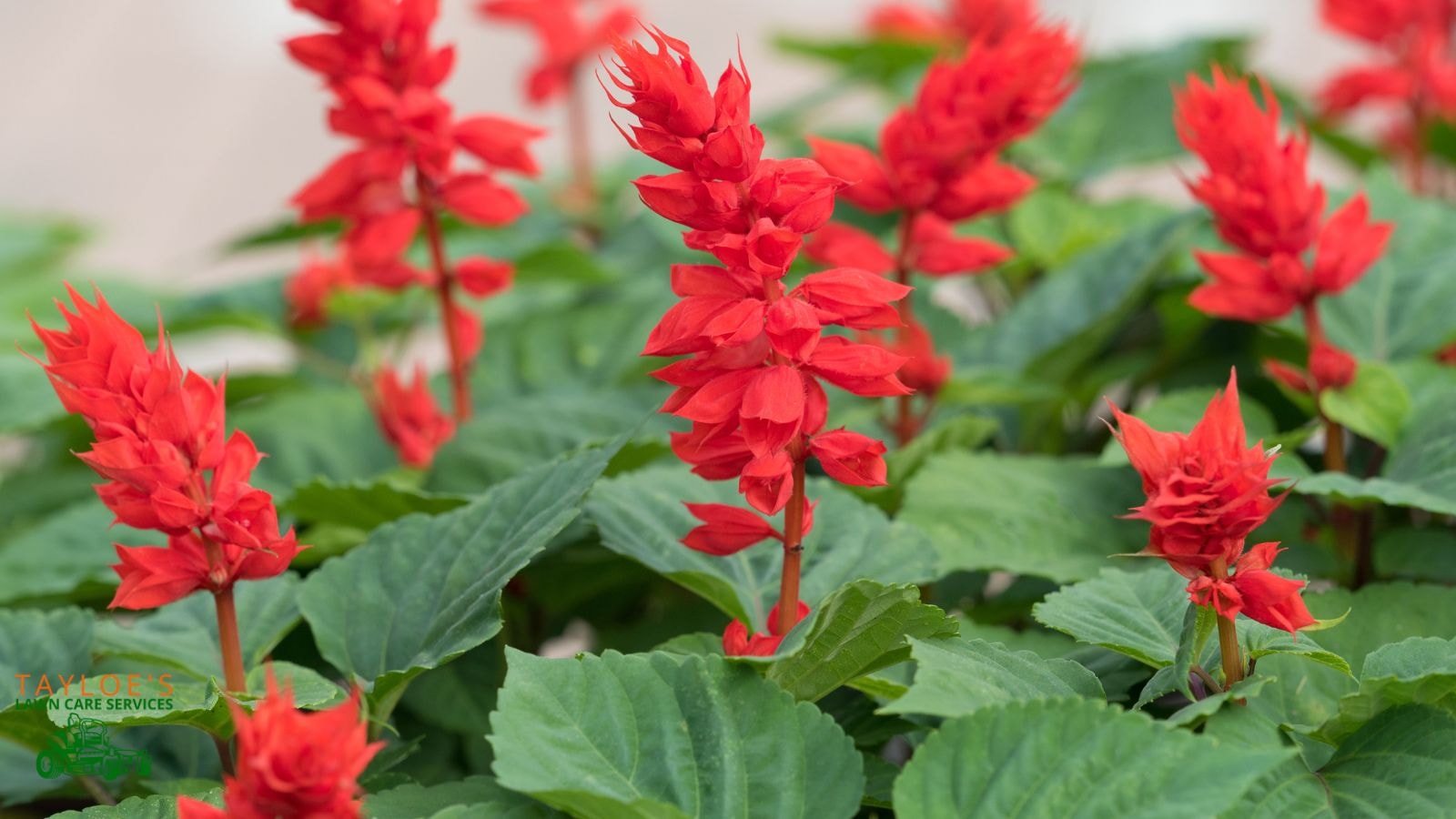
Description:
Appearance: Salvias are available in many colors, but red and purple varieties are particularly attractive to hummingbirds.
Growth Habit: These perennials can range from 1-5 feet tall, depending on the species.
Bloom Time: Blooms from late spring to fall.
Leaves: Typically aromatic, with a variety of shapes and textures depending on the species.
Growing Tips:
Sunlight: Prefers full sun.
Soil: Well-drained soil is essential. Salvias are drought-tolerant once established.
Maintenance: Prune after flowering to promote new growth and prevent legginess.
Cardinal Flower (Lobelia cardinalis)
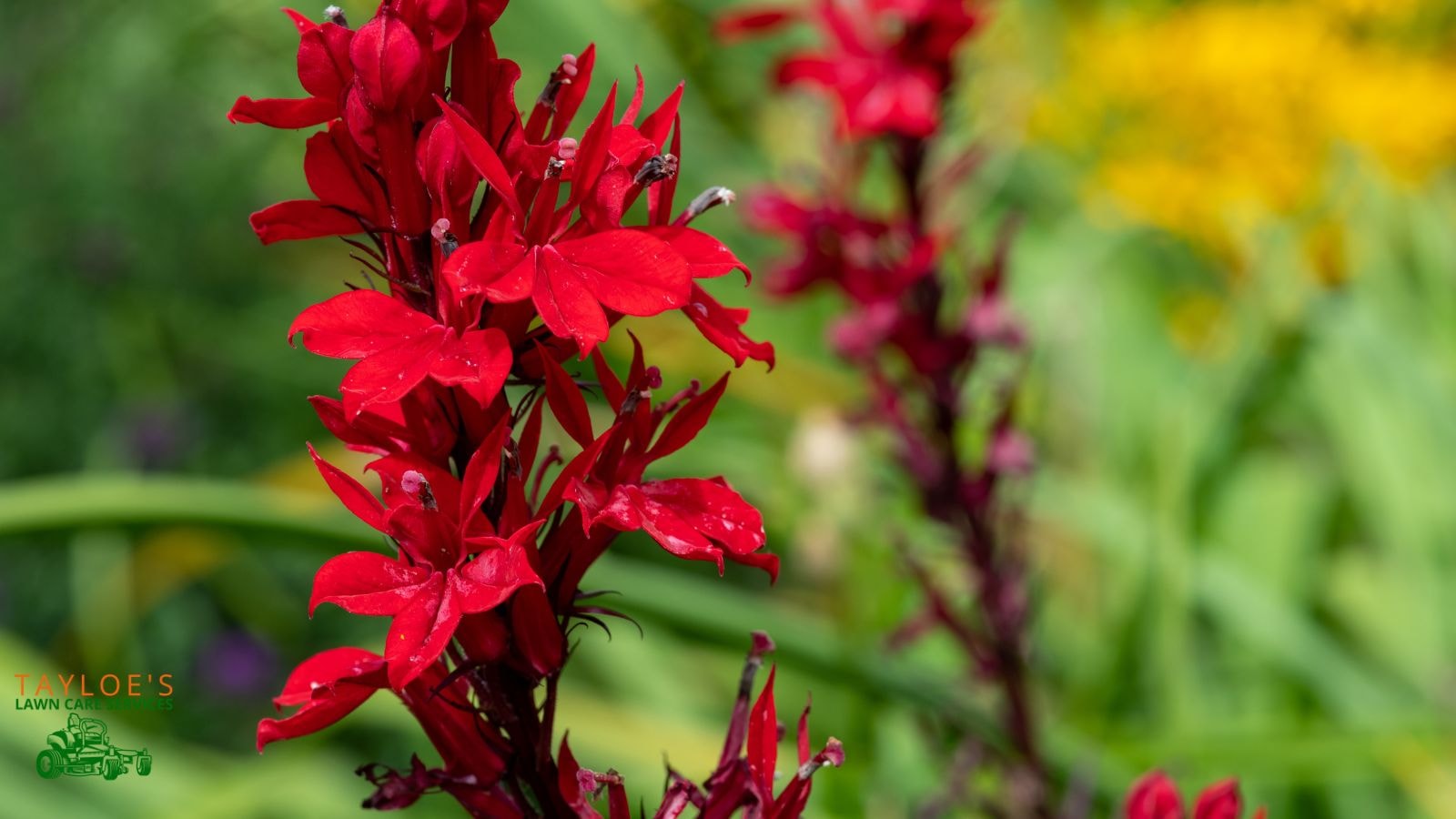
Description:
Appearance: Features striking red, tubular flowers that grow on tall spikes.
Growth Habit: A clump-forming perennial that grows 2-4 feet tall.
Bloom Time: Blooms from mid-summer to early fall.
Leaves: Dark green, lance-shaped leaves.
Growing Tips:
Sunlight: Prefers partial shade but can tolerate full sun if kept moist.
Soil: Prefers moist, rich soil. Ideal for planting near water features.
Maintenance: Needs consistently moist soil, especially during dry periods.
Columbine (Aquilegia)
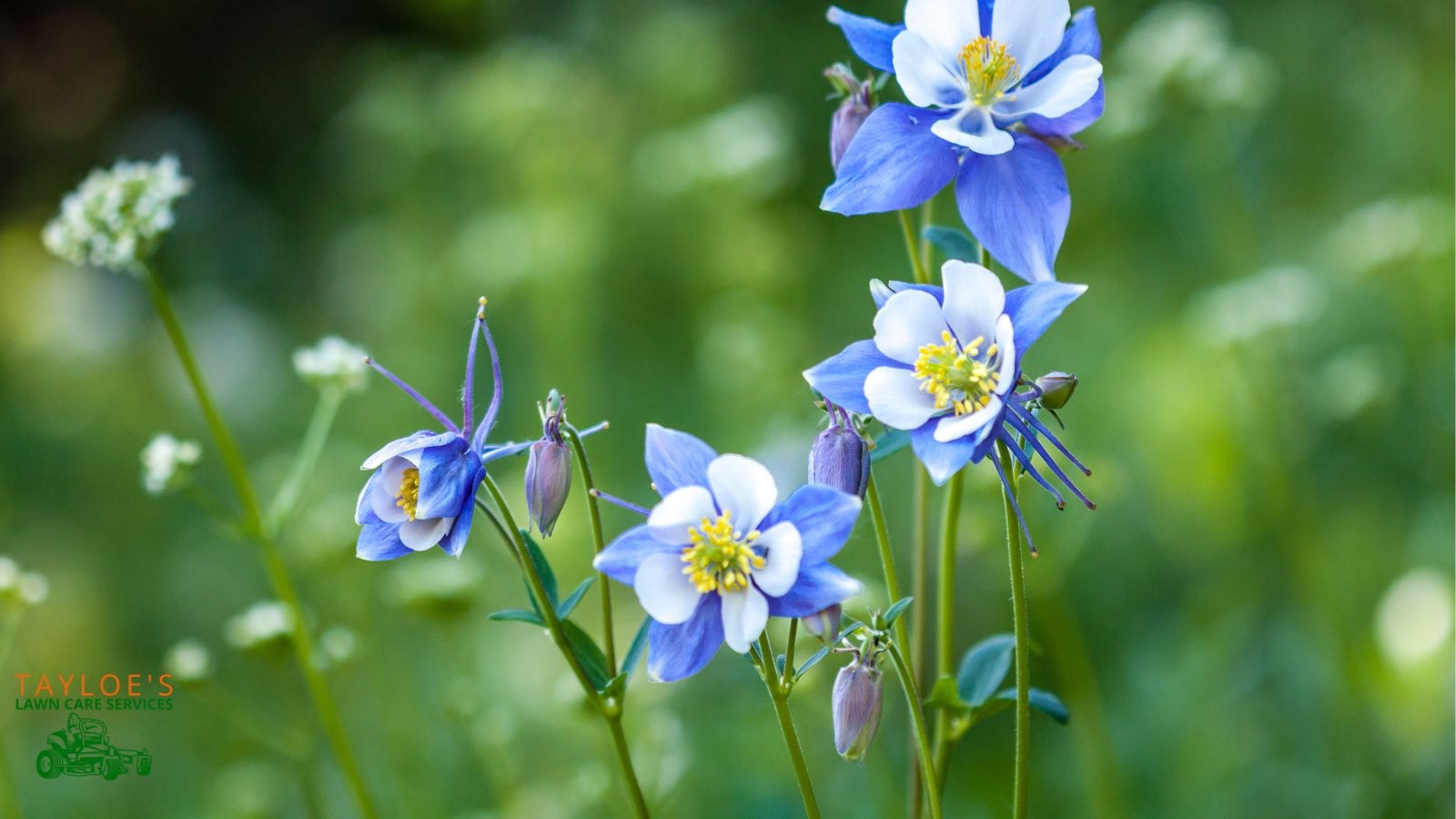
Description:
Appearance: Unique, spurred flowers in various colors, including red, yellow, blue, and purple.
Growth Habit: Perennial that grows 1-3 feet tall.
Bloom Time: Blooms from late spring to early summer.
Leaves: Delicate, fern-like foliage.
Growing Tips:
Sunlight: Prefers partial shade to full sun.
Soil: Well-drained soil is ideal. Tolerates a range of soil types.
Maintenance: Deadhead spent flowers to prolong blooming period. Allow some flowers to go to seed for natural propagation.
Butterfly Bush (Buddleja davidii)
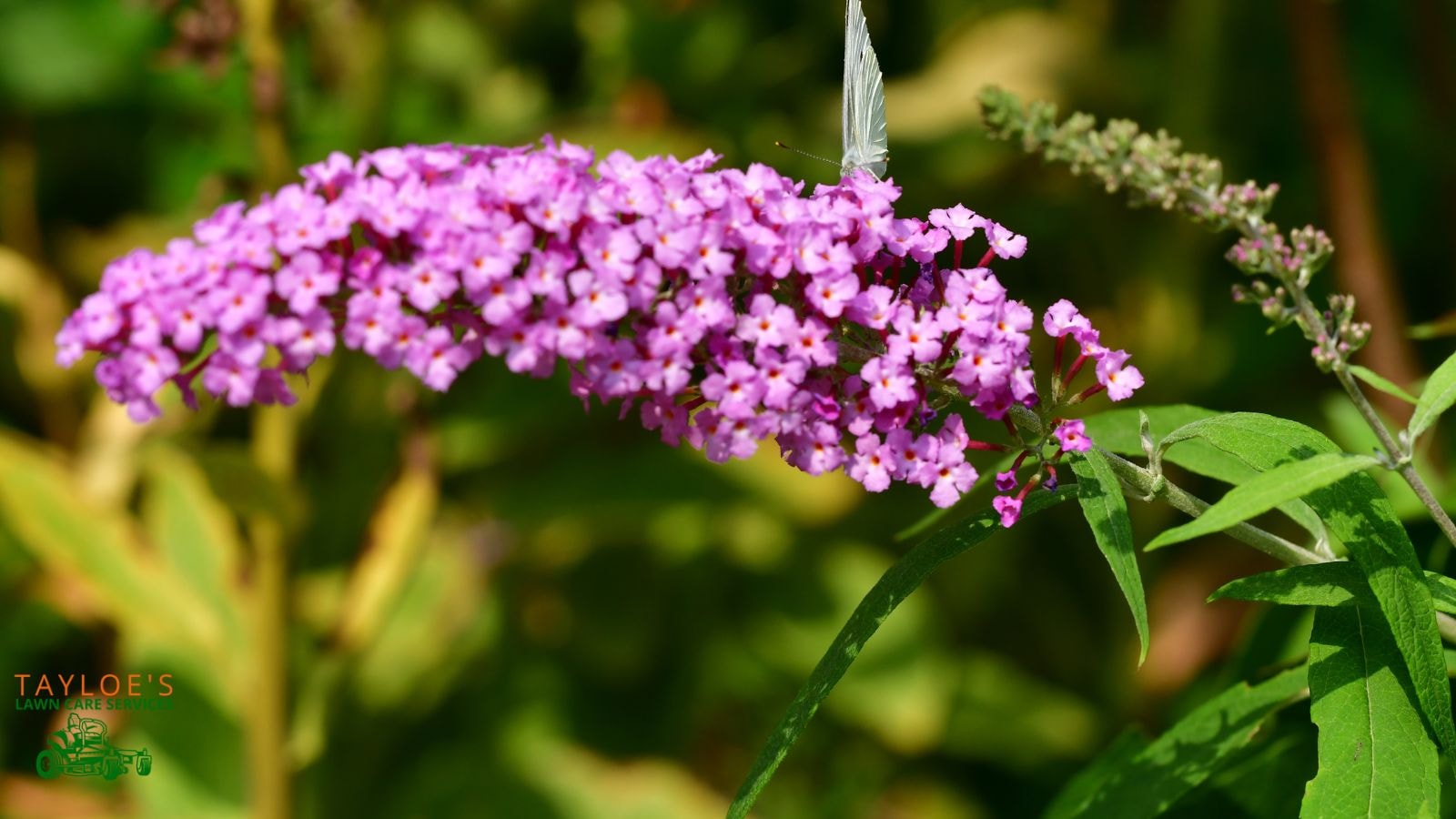
Description:
Appearance: Long spikes of tiny flowers in colors like purple, pink, and white.
Growth Habit: Deciduous shrub that grows 6-12 feet tall.
Bloom Time: Blooms from mid-summer to early fall.
Leaves: Long, narrow leaves that are grey-green in color.
Growing Tips:
Sunlight: Needs full sun.
Soil: Prefers well-drained soil.
Maintenance: Prune regularly to maintain shape and promote new blooms. Deadhead spent flowers to prevent self-seeding.
Fuchsia (Fuchsia spp.)
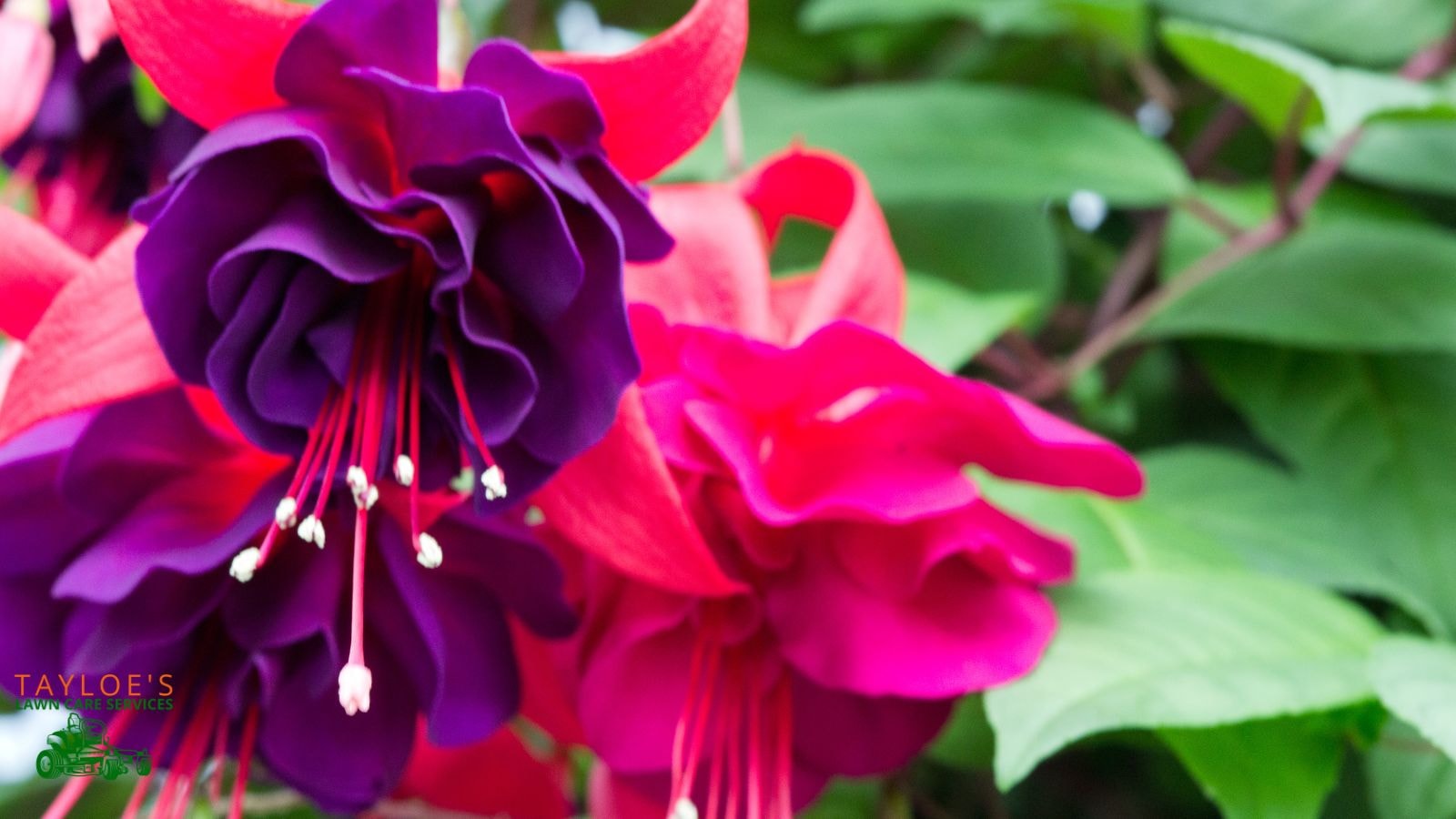
Description:
Appearance: Pendulous, two-toned flowers in shades of pink, purple, and red.
Growth Habit: Can be grown as trailing or upright plants, reaching 1-3 feet in height.
Bloom Time: Blooms from late spring to fall.
Leaves: Oval to lance-shaped leaves, often with serrated edges.
Growing Tips:
Sunlight: Prefers partial shade.
Soil: Moist, well-drained soil.
Maintenance: Keep soil consistently moist but not waterlogged. Prune to shape and remove spent flowers to encourage new blooms.
Coral Bells (Heuchera)
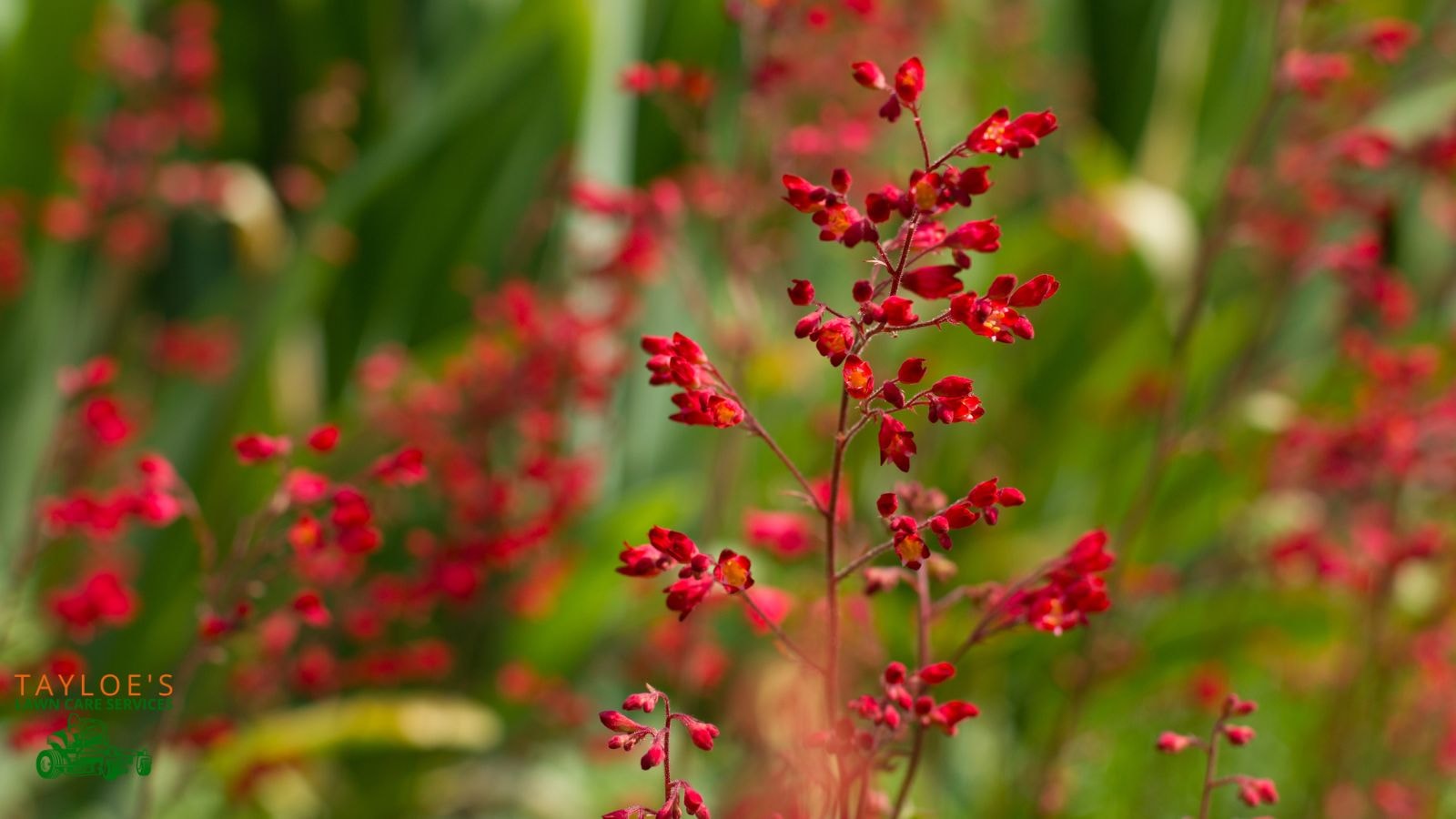
Description:
Appearance: Delicate, bell-shaped flowers that rise above colorful foliage, which can be green, purple, or variegated.
Growth Habit: Clump-forming perennial that grows 1-2 feet tall.
Bloom Time: Blooms from late spring to early summer.
Leaves: Attractive, often brightly colored or patterned leaves.
Growing Tips:
Sunlight: Prefers partial shade but can tolerate full sun in cooler climates.
Soil: Well-drained, humus-rich soil.
Maintenance: Divide clumps every few years to maintain vigor. Remove spent flowers to encourage more blooms.
Penstemon (Penstemon spp.)
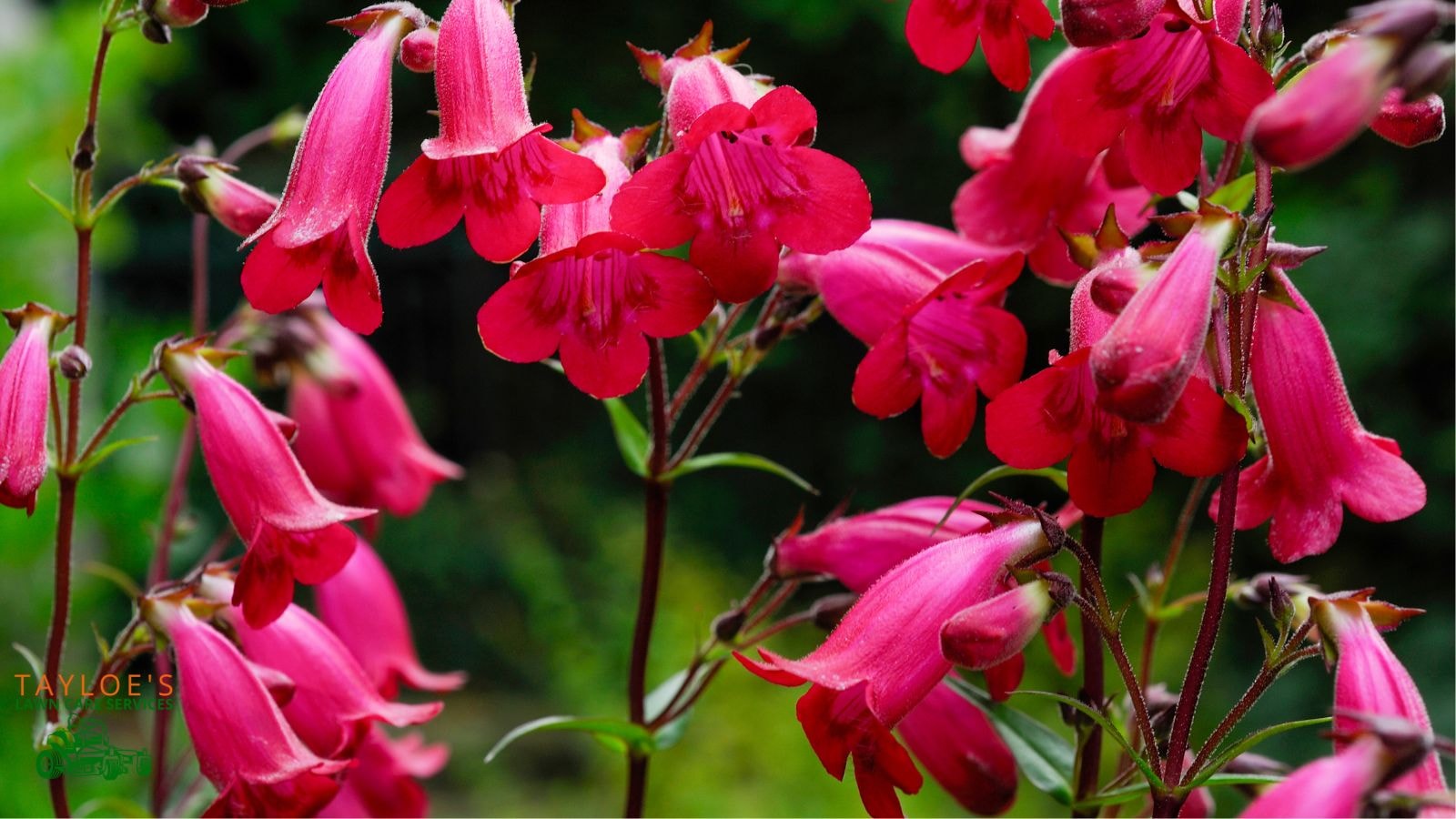
Description:
Appearance: Tubular flowers in a range of colors, including red, pink, and purple.
Growth Habit: Perennial that grows 1-3 feet tall, depending on the species.
Bloom Time: Blooms from late spring to early summer.
Leaves: Lance-shaped leaves, often arranged in opposite pairs.
Growing Tips:
Sunlight: Prefers full sun.
Soil: Well-drained soil is essential. Penstemons are drought-tolerant once established.
Maintenance: Deadhead spent flowers to encourage more blooms. Avoid overwatering to prevent root rot.
By planting a variety of these flowers, you can create a beautiful and inviting garden that will attract hummingbirds and provide them with the natural nectar they need. Enjoy watching these stunning birds as they visit your garden throughout the season!
Provide Water for Hummingbirds:
Hummingbirds need water for drinking and bathing. A shallow birdbath or a misting device can provide the necessary water.
Avoid Pesticide Use Near Feeders:
Chemicals used in pesticides can be harmful to hummingbirds. Opt for natural pest control methods to keep your yard safe for these birds.
Hummingbird Feeder Maintenance and Safety
Regular cleaning keeps feeders for your hummingbirds (and other birds) free of bacteria and mold growth. Here are some tips.
Provide the Birds With a Clean Hummingbird Feeder:
Clean your feeder every other day, especially in hot weather. Mold and bacteria can grow quickly in sugar water, which can be harmful to birds.
Proper Cleaning Method:
Use 5% white vinegar and very hot water and a scrub brush to clean the feeder. Rinse thoroughly to ensure no vinegar residue is left on your feeders, as this can be harmful to the hummingbirds.
Dry Completely:
Make sure the bird feeder is completely dry before refilling it with fresh nectar. Clearing any moisture can help prevent mold growth.
Tips for Hummingbird Watching
Look for Hummingbird Feeders With Perches:
Look for a bird feeder with perches where hummingbirds can rest while they feed. Hummingbirds love this opportunity to rest their body weight while they partake of the sugar water. A perch makes it easier to observe the little guys closely.
Use an Ant Moat:
Ants are often attracted to the sugar water. An ant moat can help keep them out of the feeder. Some people say that putting a thin bead of petroleum jelly on the post or the feeders’ hanging loops can also help keep the pests away.
Keep the Hummingbird Feeder Clean:
Regularly clean any spills or residue on the feeders. This prevents bees and other insects from being attracted.
Best Viewing Times for Hummingbirds:
Early morning and late afternoon are the best times to watch hummingbirds. They are most active during these times, especially in peak weeks of hot weather.
Make Hummingbird Nectar and Watch the Little Birds Flock to Your Yard
Making your own hummingbird food from white sugar and water is a simple, cost-effective way to attract these beautiful birds to your yard. By following these steps and tips, you can create a welcoming environment for hummingbirds and enjoy their vibrant presence. Whether you’re an avid bird watcher or just looking to add some life to your garden, homemade hummingbird nectar is a great way to start.
Author Profile

- Randy Tayloe is the COO of Tayloe's Lawn Care Service, LLC. He is a certified custom applicator, recognized by the North Carolina Department of Agriculture Pesticide Division. A native of Bertie County, NC, and graduate of Bertie High School, he wants to beautify his home county - one yard at a time.
Latest entries
 FaunaOctober 3, 2025Fall decorations that endanger wildlife (and how to avoid the risks)
FaunaOctober 3, 2025Fall decorations that endanger wildlife (and how to avoid the risks) GardeningApril 1, 2025Fountain grasses add colorful foliage and movement
GardeningApril 1, 2025Fountain grasses add colorful foliage and movement GardeningMarch 21, 2025White cloud muhly grass growing guide
GardeningMarch 21, 2025White cloud muhly grass growing guide Lawn CareFebruary 25, 2025Should I mow every week?
Lawn CareFebruary 25, 2025Should I mow every week?

